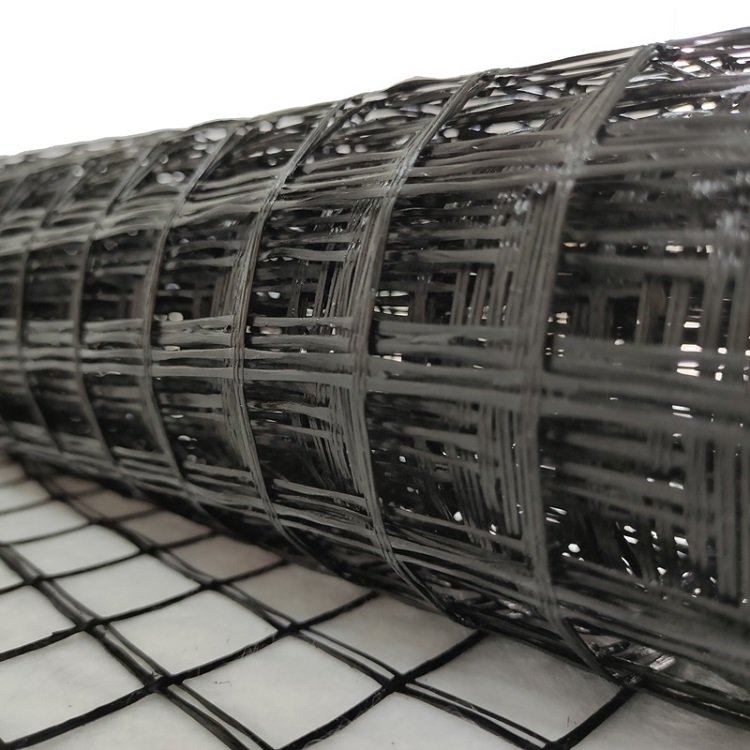

GeogridAs a new type of synthetic material, it has advantages such as high strength and low elongation. The reinforcement effect of products produced by geogrid manufacturers is stronger than that of materials such as geotextiles, and their application in reinforcement engineering is becoming increasingly widespread. Geogrids can constrain the lateral shear deformation of soil, improve the overall stress conditions of soil, enhance the overall strength of soil, and enhance the integrity of geotechnical structures. The design and construction process of reinforced cushion layer were adopted, and the load test and analysis after reinforcement were conducted to determine the reinforcement effect.
Before laying the geogrid, the layer should be leveled and the local height difference should not exceed 5cm. The design dimensions of the leveling range should be widened on each side, and the compaction coefficient should be fixed. After meeting the requirements, the laying construction operation can be carried out. After the leveling of the base surface of the laid geogrid meets the requirements, the geogrid will be transported to the site for manual paving. There should be no twisting or wrinkling. The application of geogrid in reflective cracks: Asphalt concrete reinforcement can improve the ability of the pavement structure layer to resist cracks and lateral shear, improve the fatigue life, cost, and save materials of the pavement structure.
It can evenly distribute stress over a large area, reduce the creep effect of the asphalt structural layer, and effectively prevent asphalt pavement cracking. The grille has the characteristics of reducing the thickness of the asphalt layer, reflecting cracks, and rutting, which can enhance the structural performance of the asphalt pavement and increase the service life of the road.
Slope protection, with one end fixed on the bridge abutment and reinforced with biaxially stretched plastic geogrids, can significantly reduce the settlement of the embankment filling in the abutment area, allowing the settlement between the bridge abutment and the embankment to gradually transition, achieving the goal of controlling vehicle jumping at the bridge abutment. Placing multiple layers of biaxial tensile plastic geogrids in the bridge embankment can cause the soil layer on the plane where these geogrids are located to settle. The more layers of geogrids are arranged, the more settlement on the embankment surface will be reduced.
